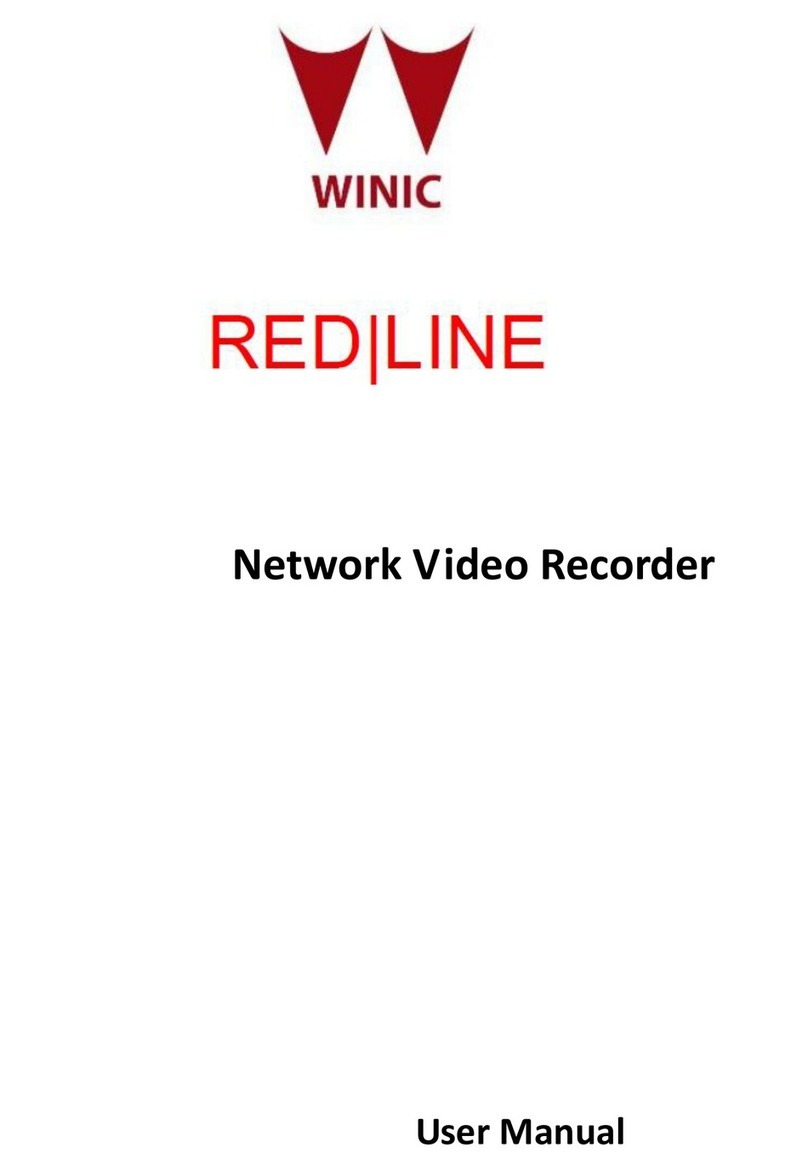
FireBrick TEST User Manual
viii
16.15. Technical details .................................................................................................... 87
16.16. Custom tones ......................................................................................................... 87
17. BGP ................................................................................................................................. 89
17.1. What is BGP? ......................................................................................................... 89
17.2. Using BGP in an office network? ............................................................................... 89
18. L2TP ................................................................................................................................ 90
18.1. What is L2TP? ........................................................................................................ 90
18.2. Incoming L2TP connections ....................................................................................... 90
18.3. The importance of CQM graphs ................................................................................. 90
18.4. Local Authentication ................................................................................................. 90
18.5. Relaying L2TP connections ....................................................................................... 90
18.6. RADIUS Authentication and Accounting ..................................................................... 90
18.7. RADIUS Control messages ........................................................................................ 90
18.8. Outgoing L2TP connections ....................................................................................... 90
19. IPsec ................................................................................................................................ 91
19.1. What is IPsec? ......................................................................................................... 91
19.1.1. Authentication ............................................................................................... 91
19.1.2. Encryption .................................................................................................... 91
19.1.3. IKE ............................................................................................................. 91
19.2. Setting up a tunnel ................................................................................................... 92
19.2.1. IP endpoints .................................................................................................. 92
19.2.2. Manual Keying ............................................................................................. 92
19.2.3. Routing ........................................................................................................ 93
19.2.4. Other parameters ........................................................................................... 93
19.3. Tunnelling to a non-FireBrick device ........................................................................... 93
19.4. Remote connection - IPsec and L2TP .......................................................................... 94
19.5. Choice of algorithms ................................................................................................ 94
20. Command Line Interface ...................................................................................................... 95
A. Factory Reset Procedure ....................................................................................................... 96
B. CIDR and CIDR Notation ..................................................................................................... 98
C. MAC Addresses usage ........................................................................................................ 100
D. VLANs : A primer ............................................................................................................. 102
E. Supported L2TP Attribute/Value Pairs ................................................................................... 103
E.1. Start-Control-Connection-Request ............................................................................... 103
E.2. Start-Control-Connection-Reply .................................................................................. 103
E.3. Start-Control-Connection-Connected ........................................................................... 104
E.4. Stop-Control-Connection-Notification .......................................................................... 104
E.5. Hello ..................................................................................................................... 104
E.6. Incoming-Call-Request ............................................................................................. 104
E.7. Incoming-Call-Reply ................................................................................................ 105
E.8. Incoming-Call-Connected .......................................................................................... 105
E.9. Outgoing-Call-Request .............................................................................................. 105
E.10. Outgoing-Call-Reply ............................................................................................... 106
E.11. Outgoing-Call-Connected ........................................................................................ 106
E.12. Call-Disconnect-Notify ............................................................................................ 106
E.13. WAN-Error-Notify ................................................................................................. 106
E.14. Set-Link-Info ......................................................................................................... 106
E.15. Notes ................................................................................................................... 107
E.15.1. BT specific notes ......................................................................................... 107
E.15.2. IP over LCP ............................................................................................... 107
F. Supported RADIUS Attribute/Value Pairs for L2TP operation .................................................... 108
F.1. Authentication request .............................................................................................. 108
F.2. Authentication response ............................................................................................ 109
F.2.1. Accepted authentication .................................................................................. 109
F.2.1.1. Prefix Delegation ................................................................................ 110
F.2.2. Rejected authentication ................................................................................... 110






























